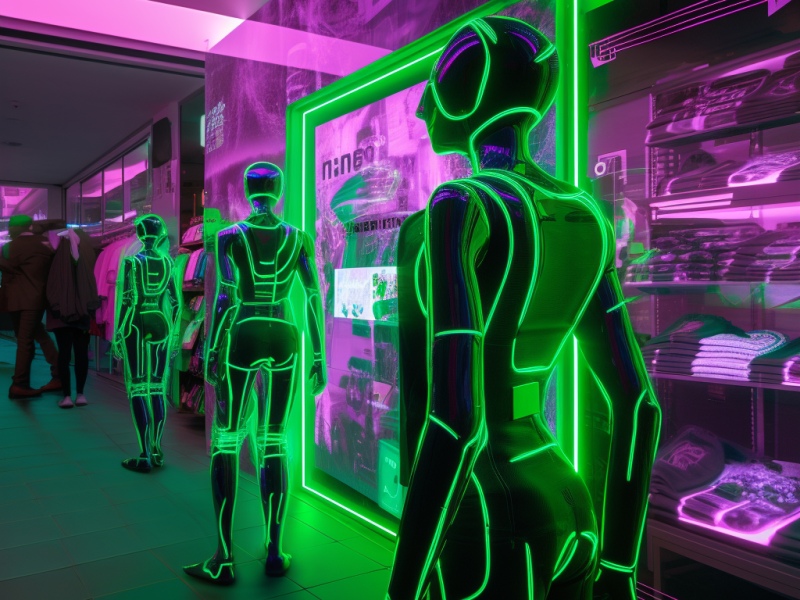Chatbots have become an integral part of online communication and customer service. These AI-powered bots assist users with various tasks, answer questions, and provide information in a conversational manner. However, the capabilities of individual chatbots are often limited, leading to the emergence of collaborative multi-agent systems.
Introduction to Multi-Agent Systems
Collaborative multi-agent systems involve multiple chatbots working together to provide more comprehensive and nuanced user interactions. By pooling their resources and expertise, these bots can offer a wider range of services and deliver more personalized and tailored responses to user queries.
One key benefit is the ability to handle complex requests beyond a single chatbot’s capabilities. If a user asks a question requiring knowledge from different domains, multiple chatbots can collaborate to provide a more accurate and detailed answer. Specialized agents focus on specific tasks, enhancing the overall performance.
Key Concepts in Multi-Agent Systems
Collaborative multi-agent systems can improve the overall user experience by providing faster and more efficient responses. By distributing the workload among multiple bots, queries are handled more quickly, reducing wait times and ensuring a seamless interaction for the user. This is crucial in handling complex tasks efficiently.
Moreover, these systems facilitate more intelligent and context-aware conversations. Leveraging the combined knowledge of multiple chatbots, the system can provide personalized recommendations, suggestions, and assistance based on user preferences, history, and behavior. The use of large language models and artificial intelligence helps in solving complex problems.
Designing Effective Multi-Agent Systems
Collaborative multi-agent systems enhance the scalability and reliability of chatbot systems. Multiple bots working together can better handle fluctuations in user demand, ensuring consistent performance even during peak times. AI agents can learn from real-time data, improving the system’s performance over time.
Furthermore, these systems have the potential for continuous learning and improvement. As bots interact with users and each other, they exchange information, learn from responses, and refine their knowledge and skills over time. This iterative learning process leads to more accurate, relevant, and effective user interactions. The collective intelligence of multiple agents helps in problem-solving and scientific discovery.
Overcoming Challenges and Future Directions
Collaborative multi-agent systems also lead to significant cost savings for organizations. By automating and optimizing customer service processes, businesses reduce the need for human intervention, lower operational costs, and increase efficiency. This results in improved productivity and profitability, giving organizations a competitive edge. The use of AI agents in human-computer interaction shows immense promise in tackling complex problems.
As technology evolves, we can expect even more innovative applications and benefits from collaborative multi-agent systems. These systems revolutionize AI-powered assistants, paving the way for more intelligent and sophisticated conversational experiences in the digital realm. Better communication channels between different agents ensure efficient collaboration.
Contact us today to explore the power of collaborative multi-agent systems and revolutionize your customer service experience with intelligent and personalized interactions.

